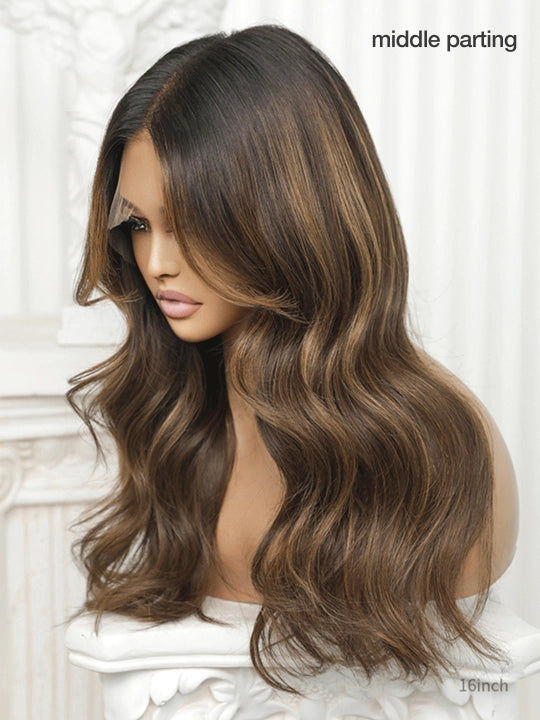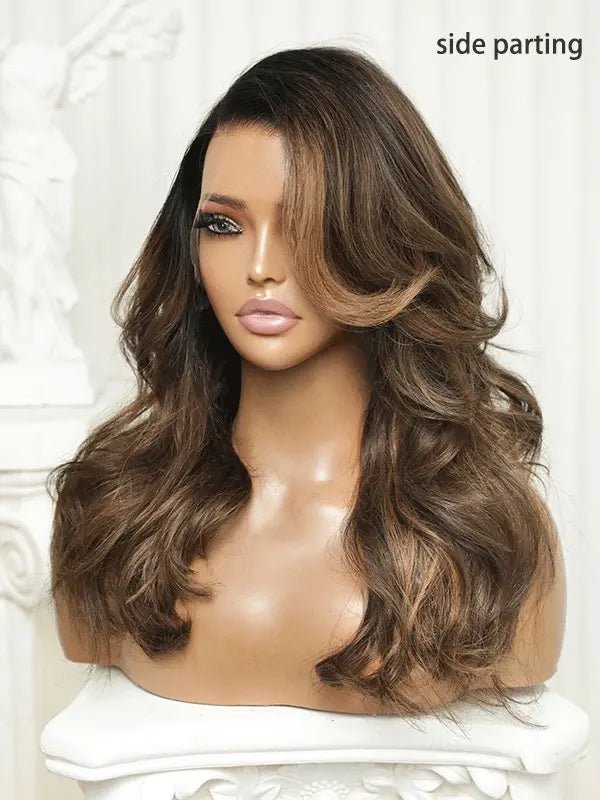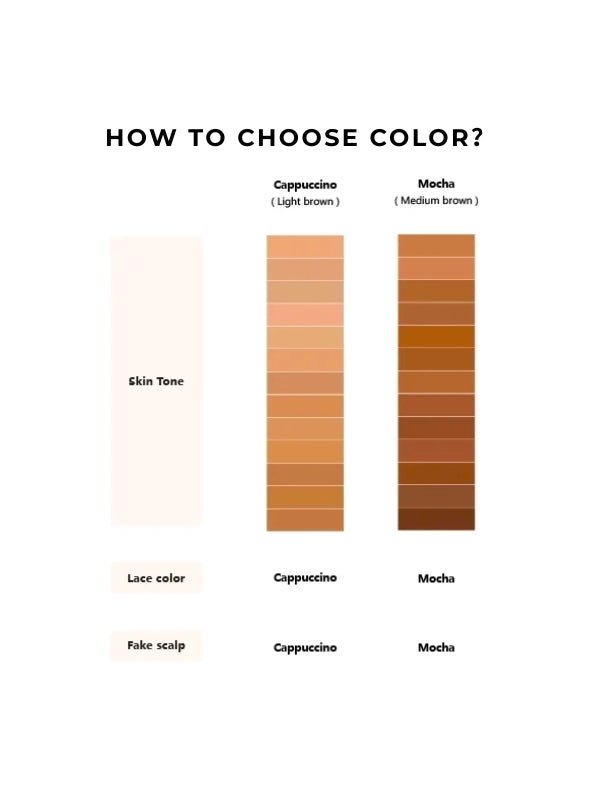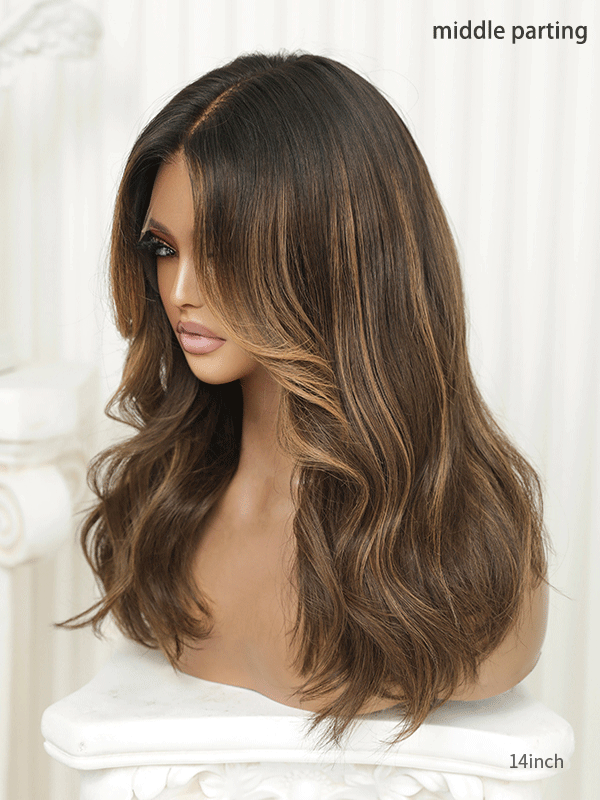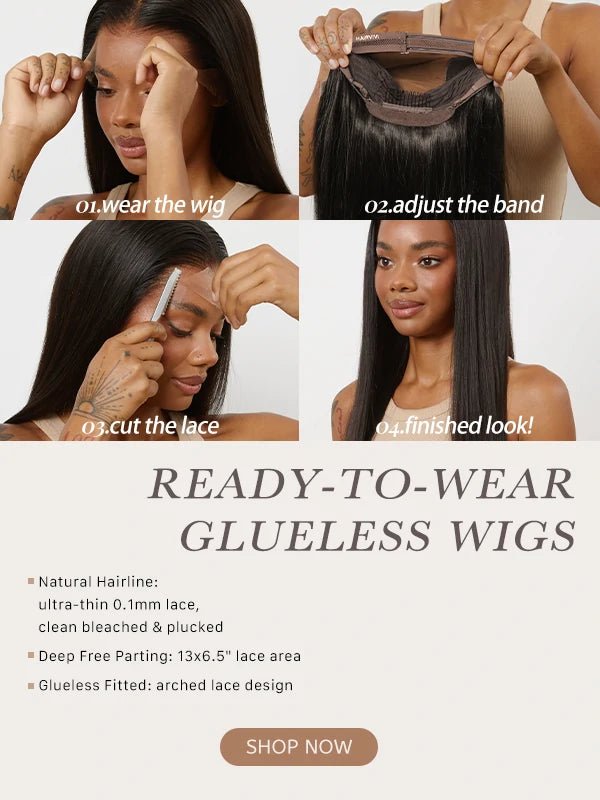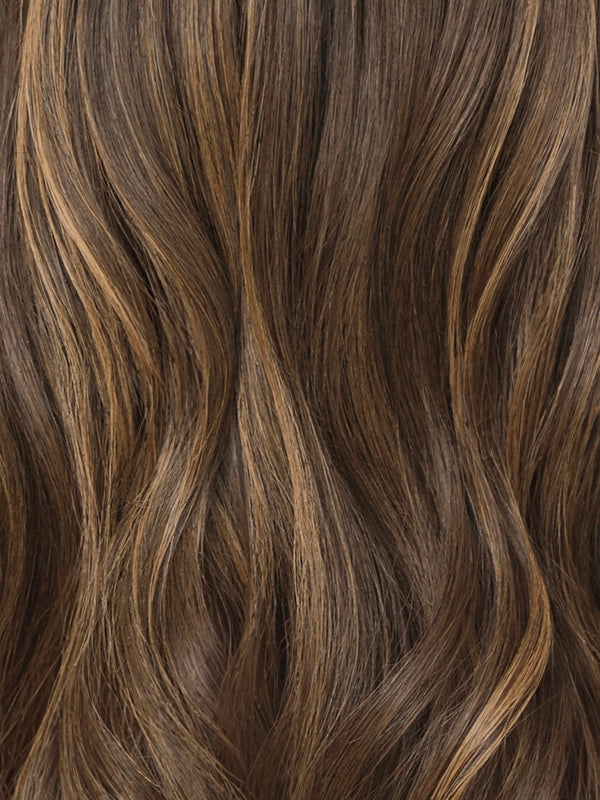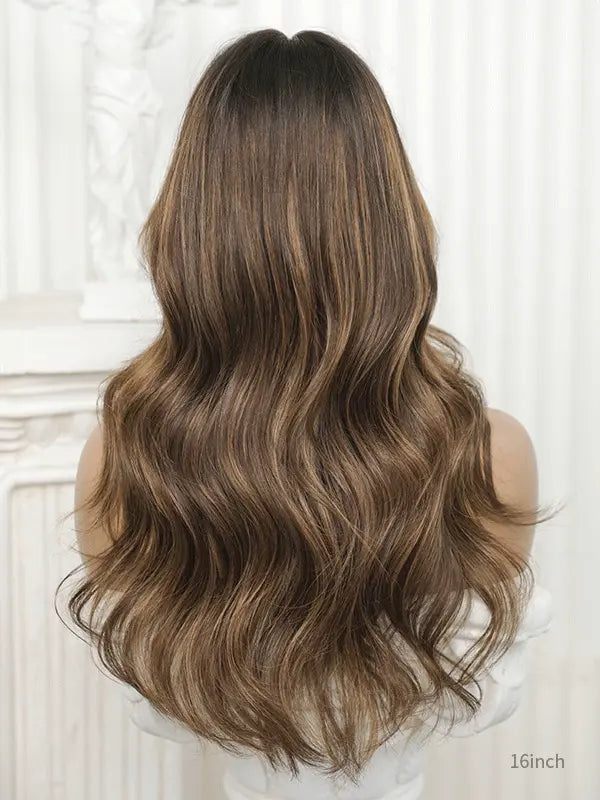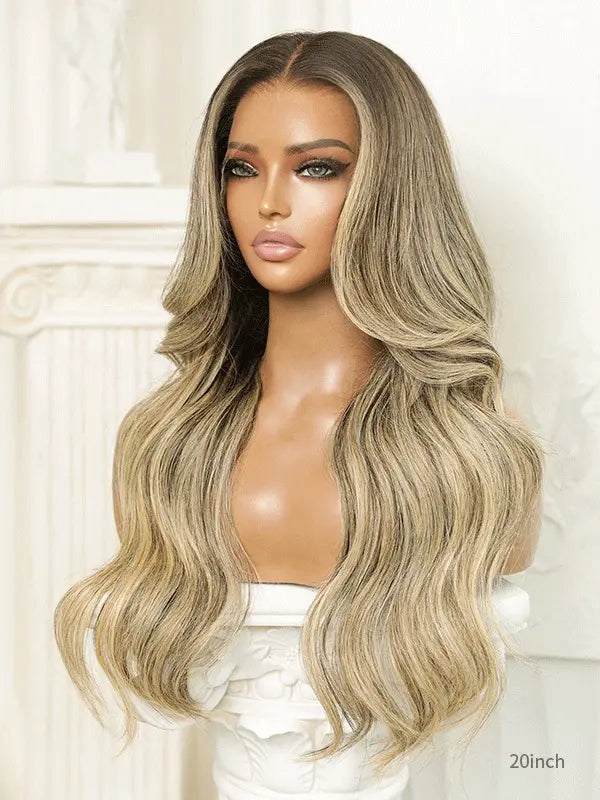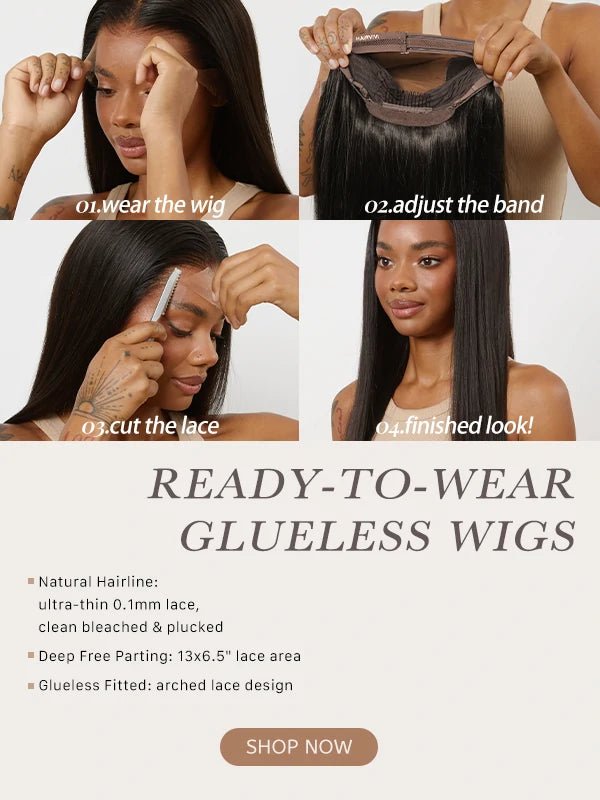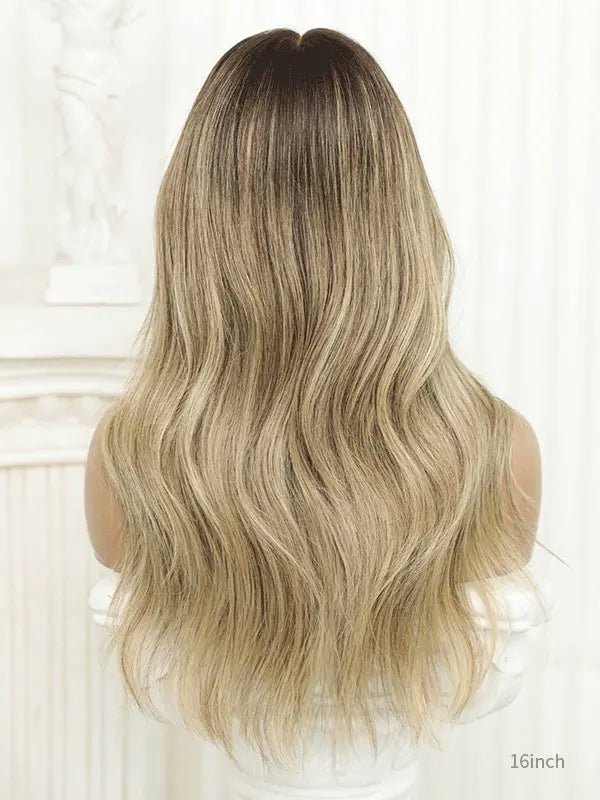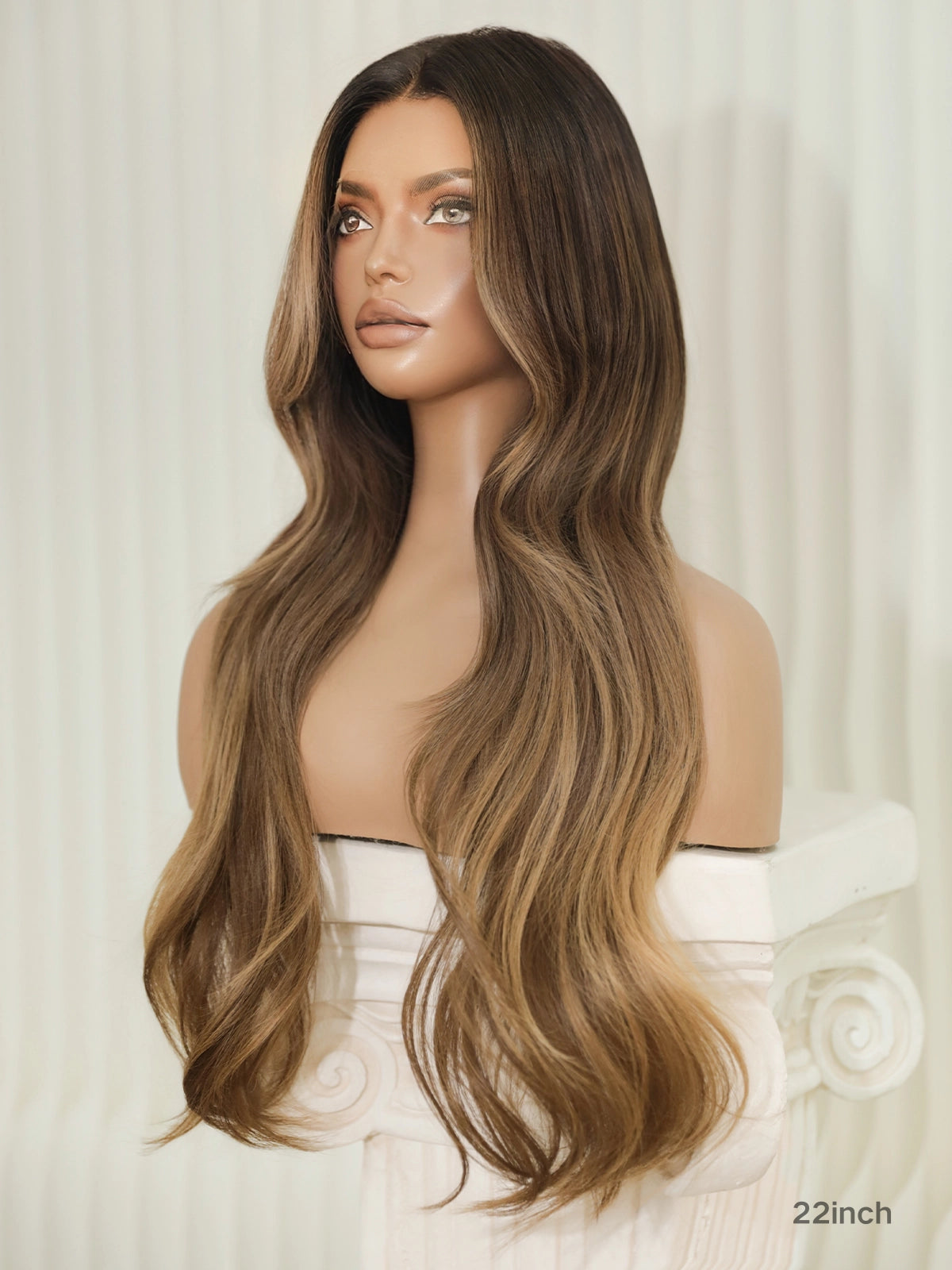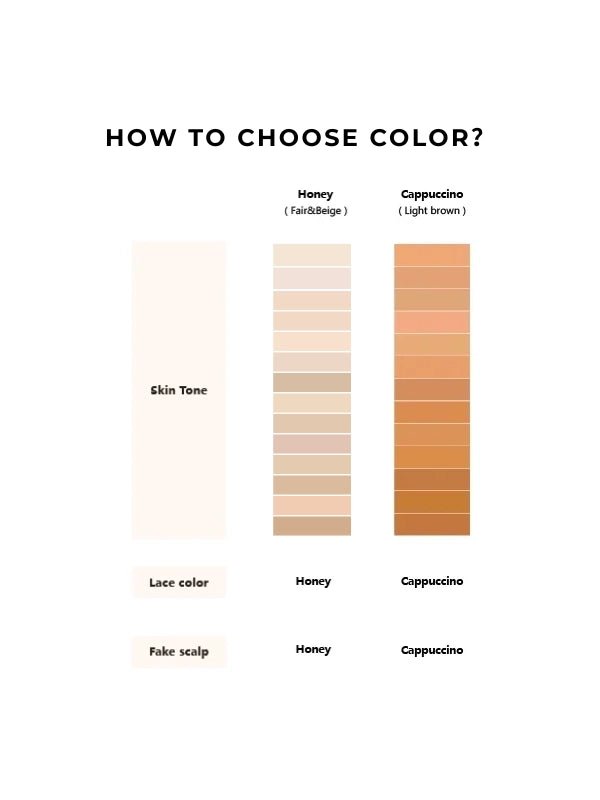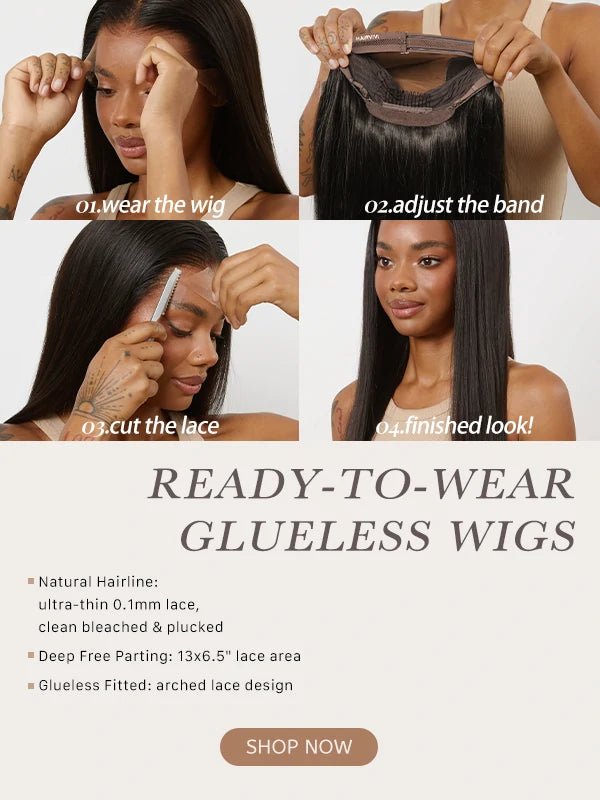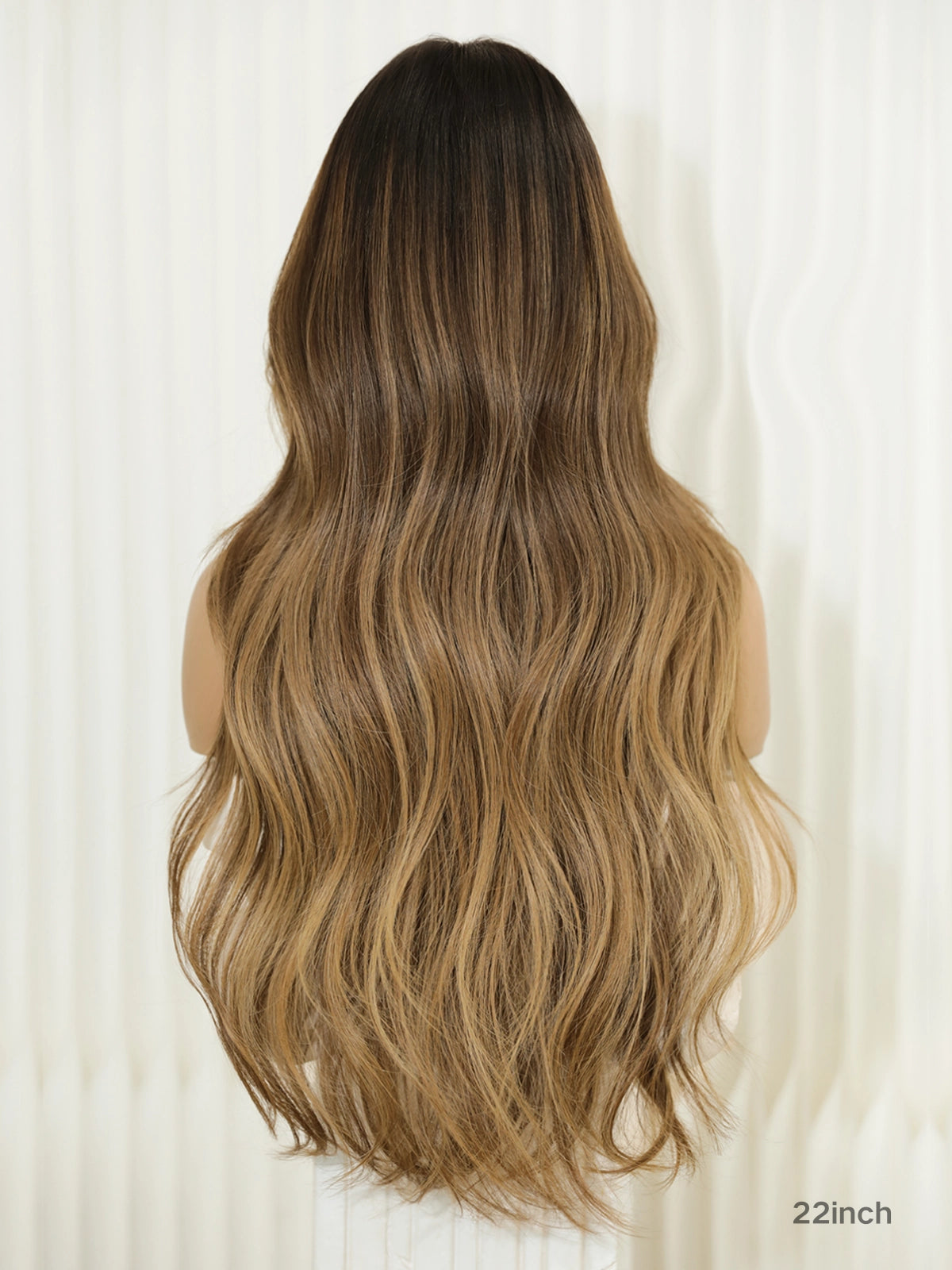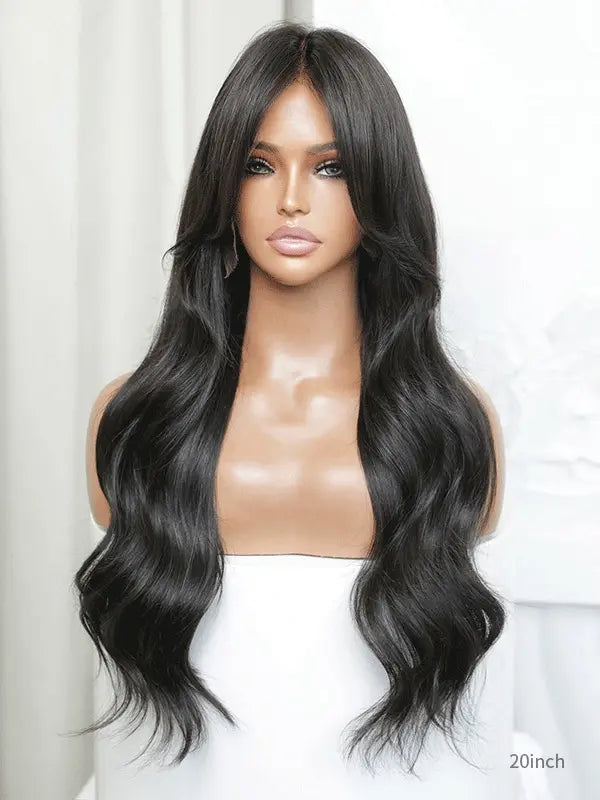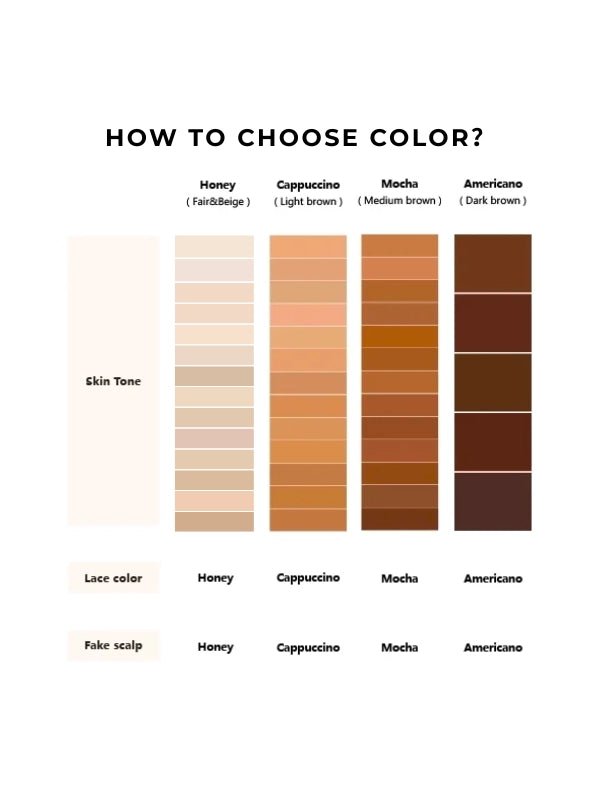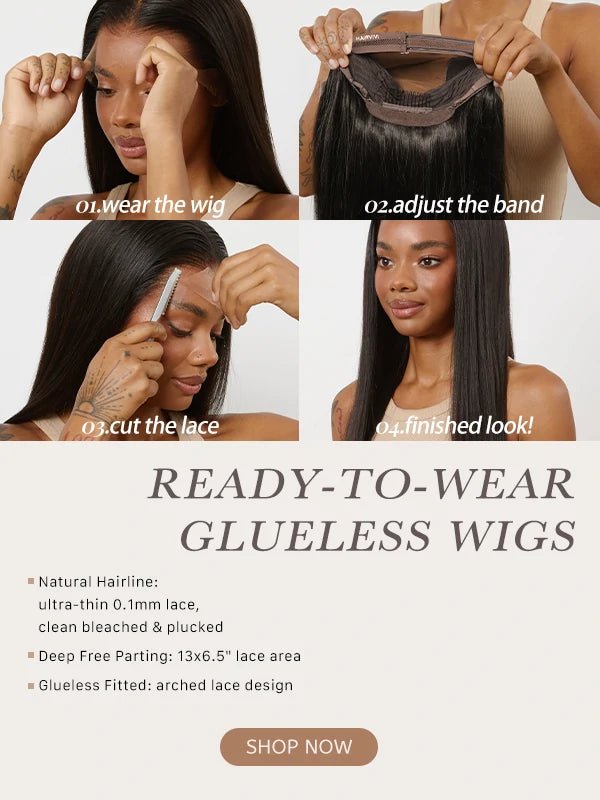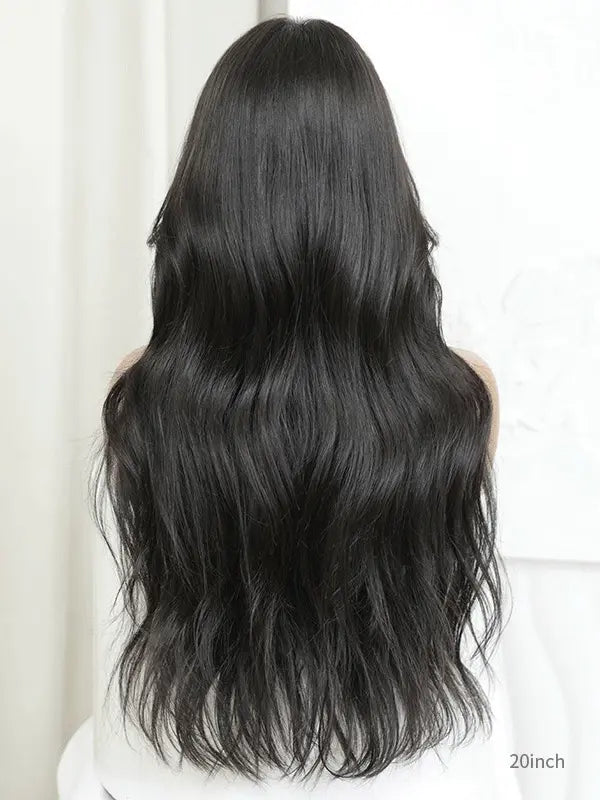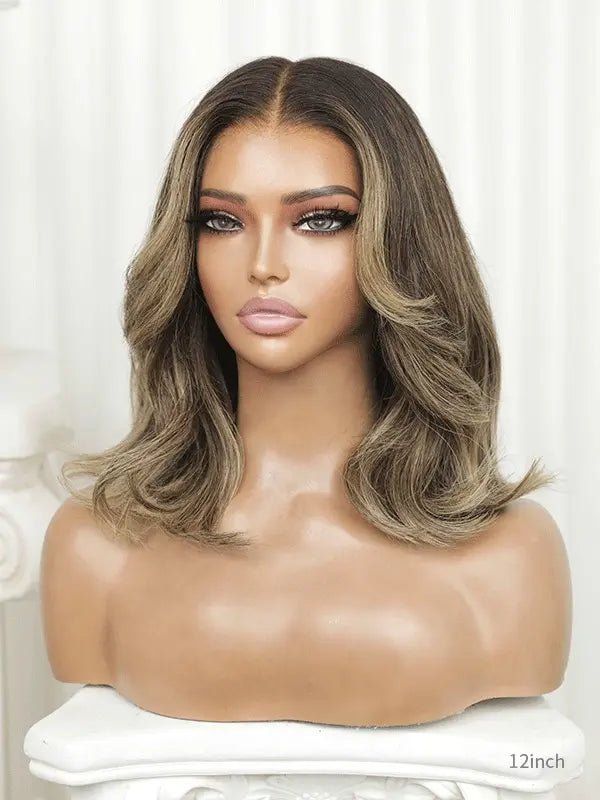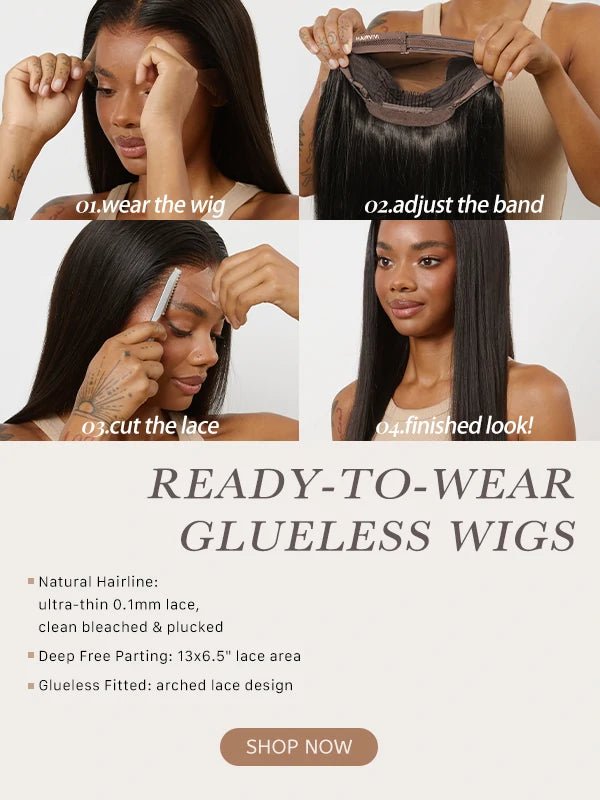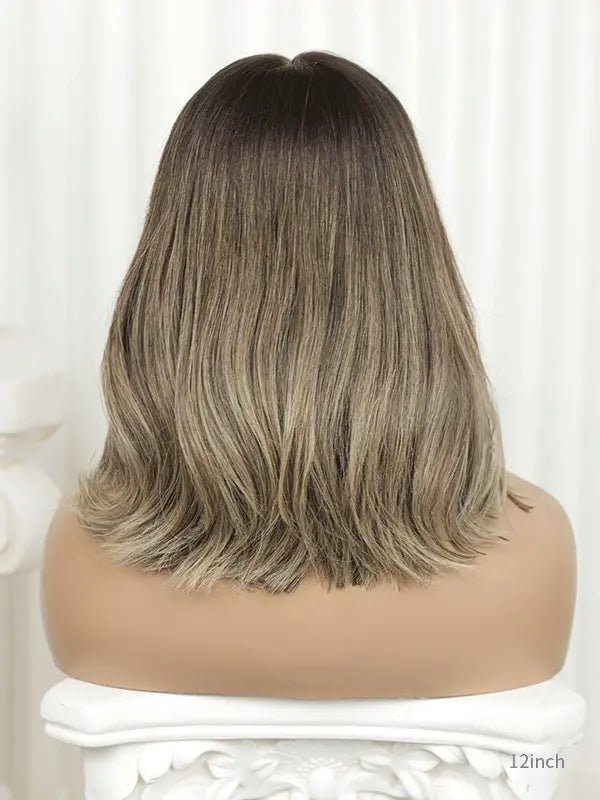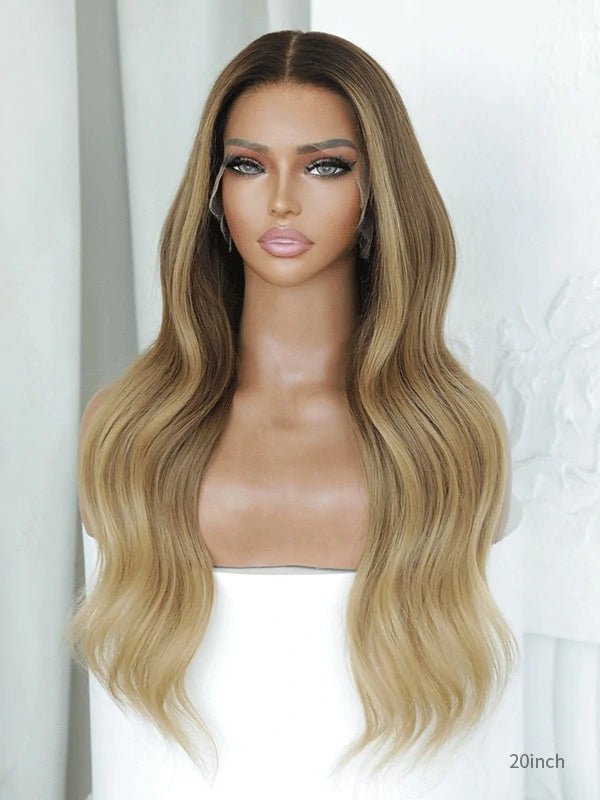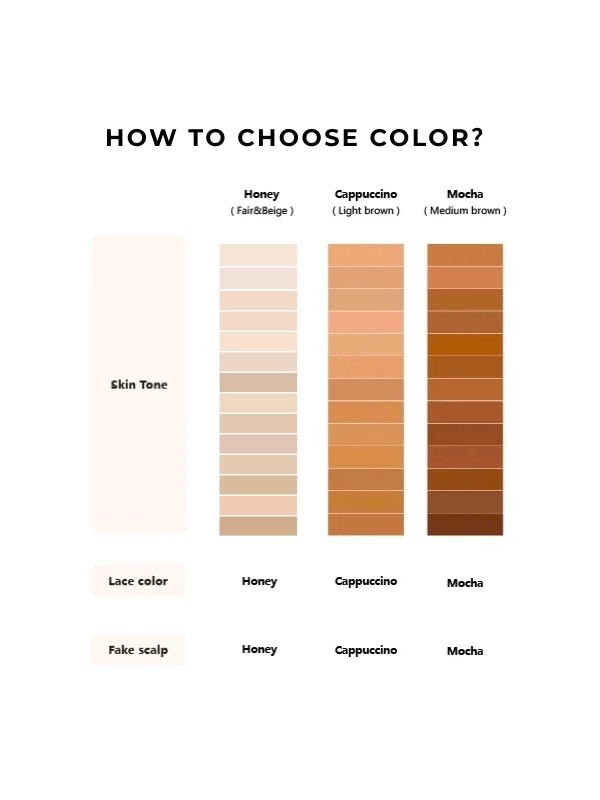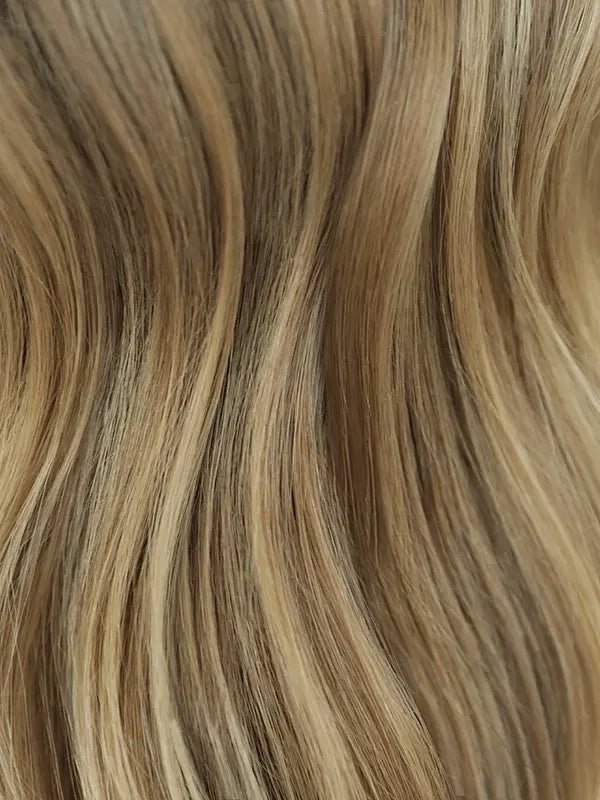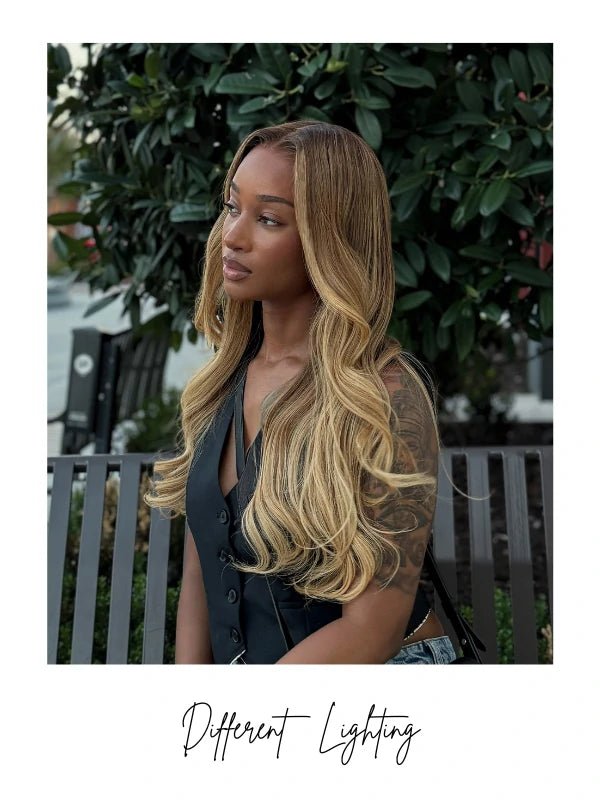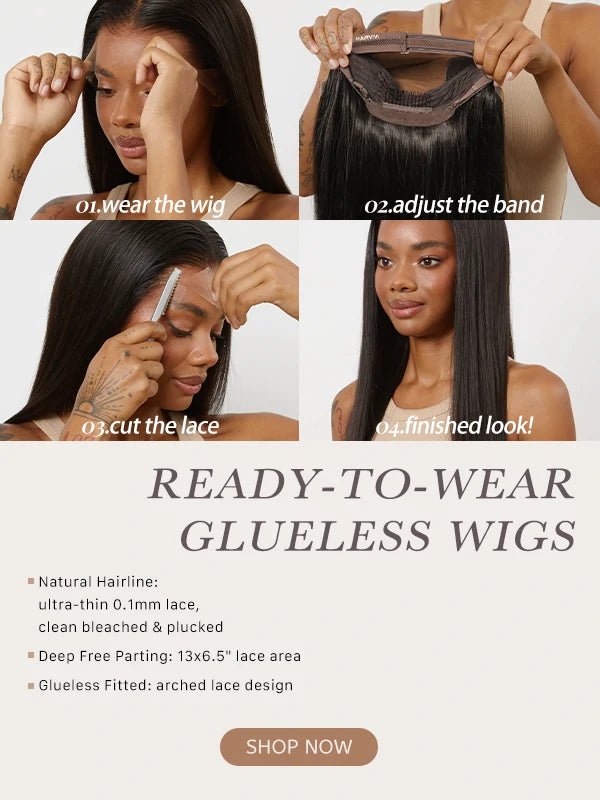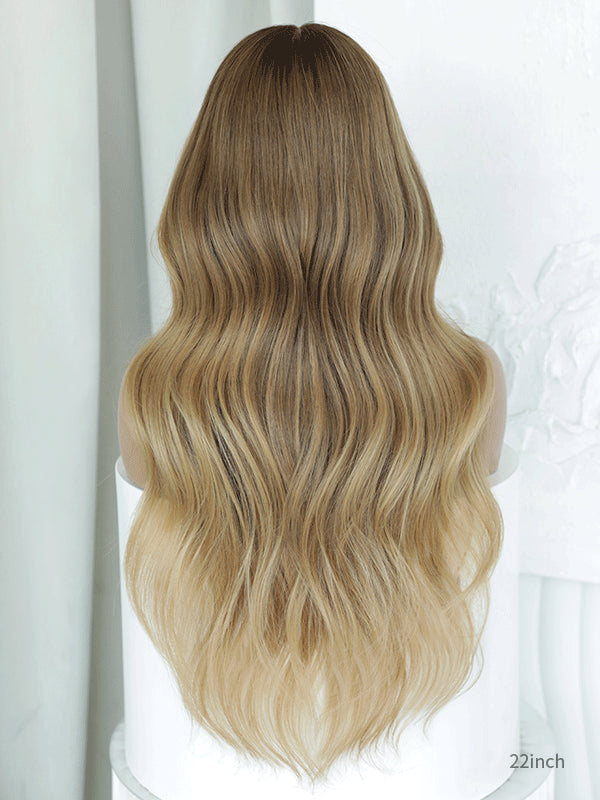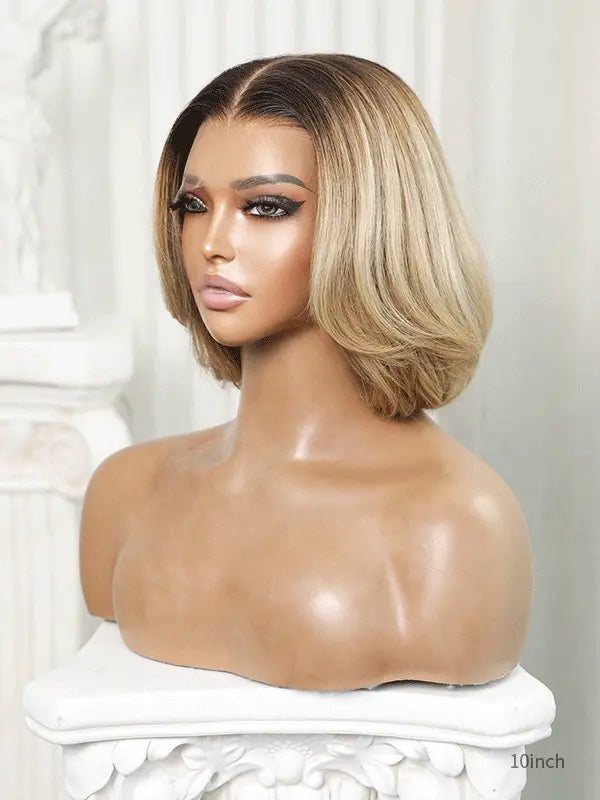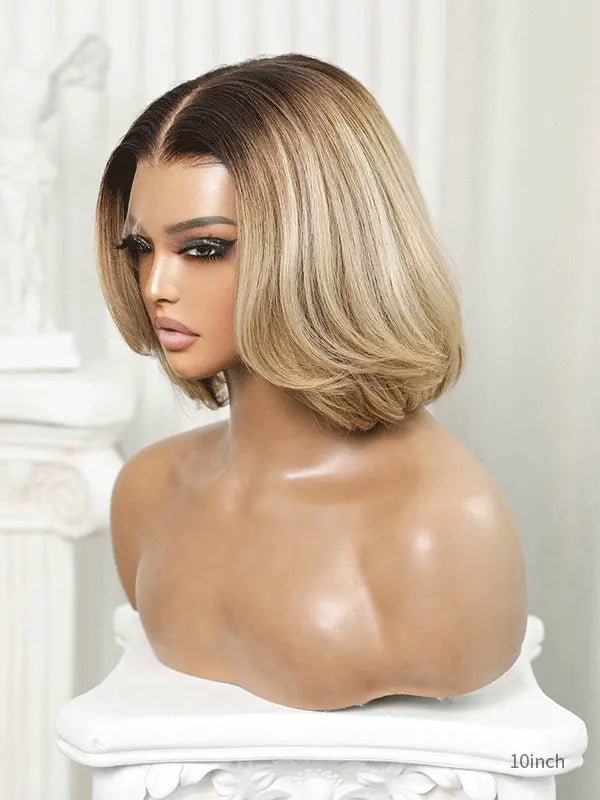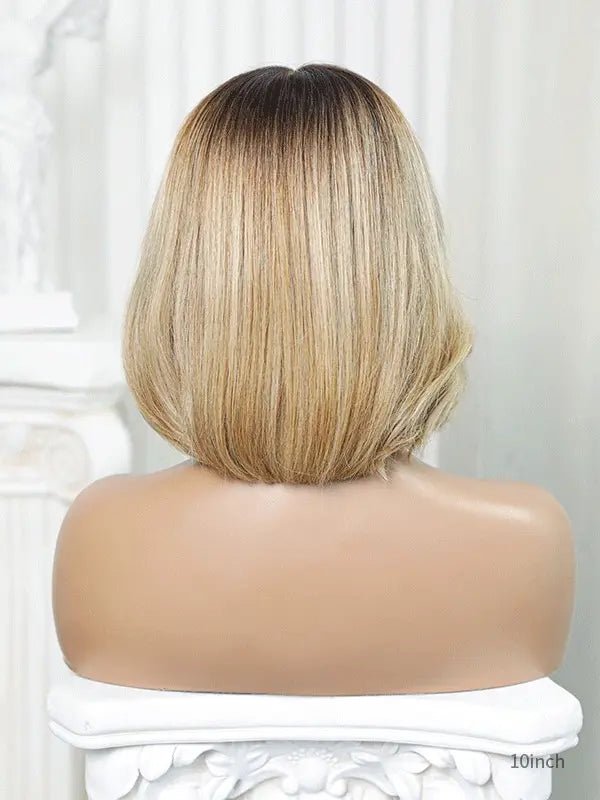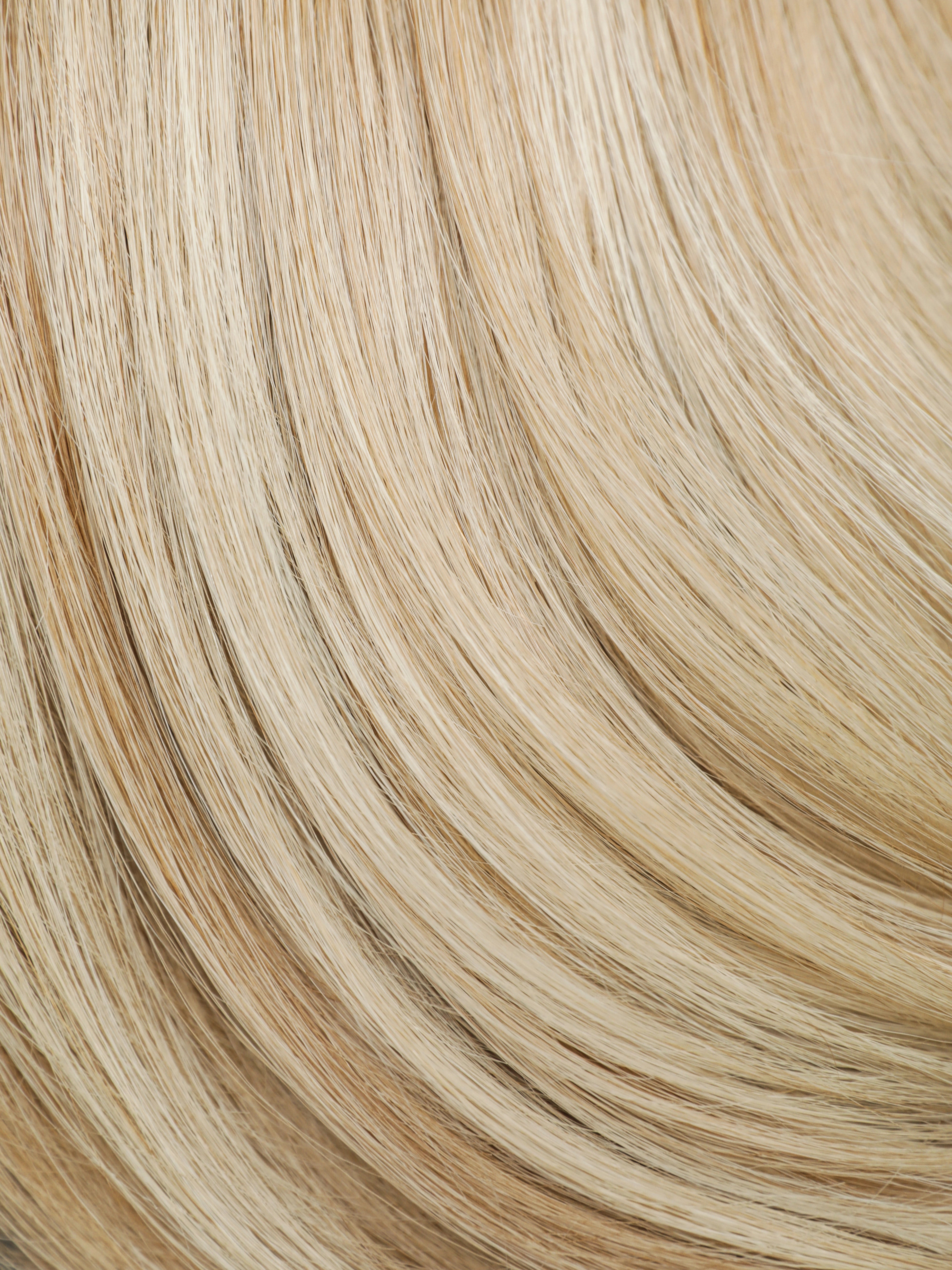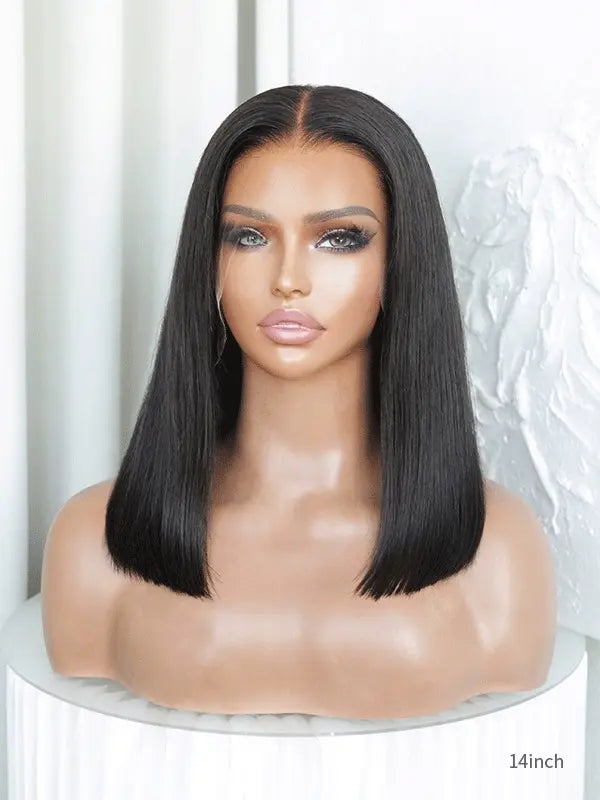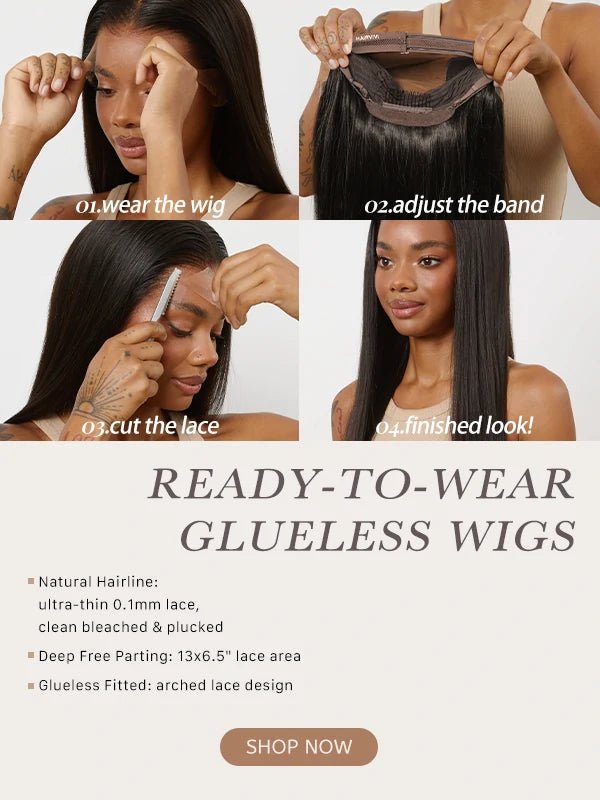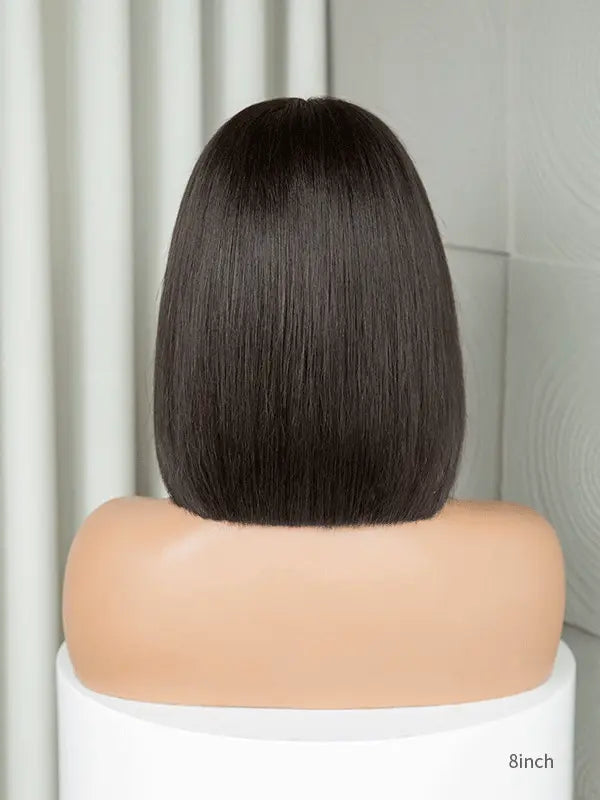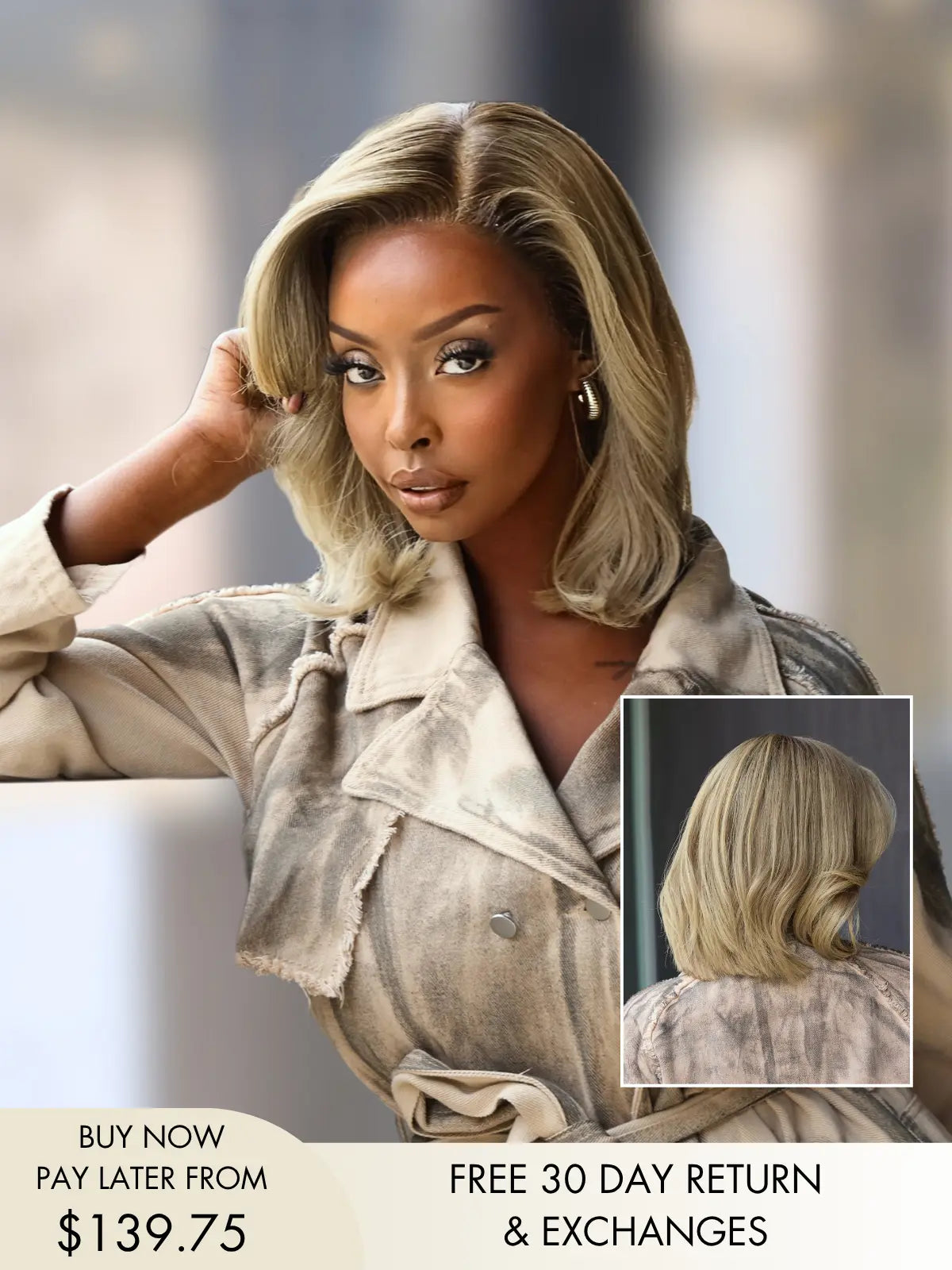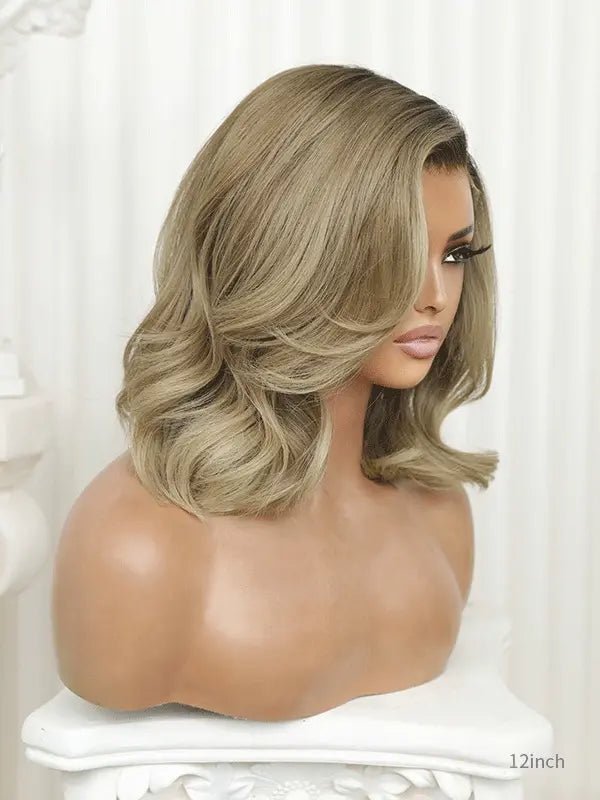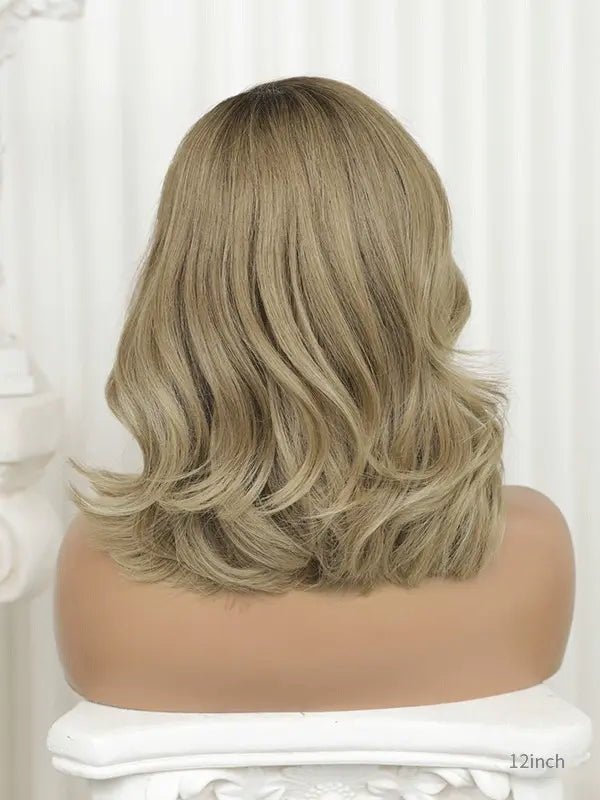If you've ever worn human hair wigs in your life, chances are that you've experienced wig shedding. It can be distressing to see loose hair in the comb or scattered across the bathroom floor after styling your hair. You may feel helpless and worry that you'll have to purchase another wig sooner than expected. However, as an experienced wig manufacturer, Hairvivi is here to enlighten you on the most typical reasons for hair wig shedding and provide useful tips on how to minimize shedding.

Why is my human hair wig shedding?
Shedding is an unavoidable problem for all human hair wigs. As a wig user, you have to accept a slight amount of shedding as natural. However, excessive shedding can shorten the lifespan of your wig.
Here are some common reasons why your wig may be shedding excessively:
Hair material
The different types of hair materials used in wig production play a crucial role in their quality. Various common hair types with featured characteristics are used in the market. Some are more resilient than others when it comes to hair breakage.
Usually, virgin hair is the highest-quality hair available, being the strongest and longest-lasting type, followed by Remy hair and regular hair. However, it is also the most expensive option.
Excessive processing for wigs
Most hair breakage is caused by excessive processing, often due to frequent hair dyeing, perming, and heat styling. Although some wig users enjoy styling their hair in these ways, excessive processing weakens the hair and increases the likelihood of breakage. Engaging in such processing methods is not advised, since they can cause significant damage to hair that is already vulnerable.
Over-bleached knots
The knots on lace portions of wigs are delicately tied by hand to the lace base, making them particularly fragile. If these knots are over-bleached, their structural integrity is compromised and they become prone to hair shedding.
Hairvivi was the first in the market to launch pre-bleached knots, which help the wigs become more durable.
Using harsh products on the wig
Applying harsh products to your wig can cause the hair to lose moisture and become brittle, which may lead to shedding.
Incorrect washing
To ensure the longevity of your wigs, it is crucial to include regular washing as a vital part of their maintenance. However, it's not just a matter of frequency; the proper way for washing your wig is the key. Carelessly washing your wigs can result in tangle and hair fall-out, making it necessary to wash them tenderly - with due diligence.
How to prevent wig from shedding?
Comb your wig properly
If you want to maintain your wig's quality and minimize shedding, it's essential to use proper combing techniques. But do you know how to comb a wig? One common mistake is combing the wig from roots to ends, which can cause unnecessary pressure and tension on the roots and may result in hair strand damage.
When you start to comb the wig, always keep in mind to start from the ends to the roots, and make sure to be extra gentle when combing around the knots. Using a wide-toothed comb is recommended instead of a regular comb to avoid tangling and worsening the shedding problem.
Styling your wigs simply
Changing your hairstyle daily may sound desirable, but it can lead to increased hair shedding. This is particularly true for styles such as tight high ponytails or tightly pulled-back hairdos, which are more prone to lead to severe hair loss.
Minimize the use of heat styling as well. Directly applying heat to the lace can cause shedding and even burn the lace. To prevent this, try to space out your heat styling sessions and keep the heat setting as low as possible. You may opt for air-drying your wig whenever possible.
Avoid excessive water contact
Even though it is important to wash your wig regularly, it's recommended not to wash your wig too frequently as this could weaken the hair over time. Ideally, wash your wig up to three times per week.
Furthermore, if engaging in water activities such as swimming, it’s advised to remove the wig or wear a swimming cap to keep water away. Be alert that Chlorine is commonly found in swimming pools and can cause damage to hair by making it brittle and dry.
Stop scratching your scalp
To avoid damaging your lace wig, refrain from scratching your scalp as this can loosen the knots and result in shedding. If you experience an itchy scalp, try patting or tapping gently instead of scratching for temporary relief. If the itching persists, it could indicate underlying scalp issues such as dryness or dandruff that require treatment.
Night routine protection
Ideally, you should take your wig off and place it on a mannequin head every night. However, if you prefer not to do that, there are other steps you can take:
- If your wig is long, braid it gently into one or two loose braids. To prevent them from unraveling, employ a gentle hair tie at the tips.
- Wear a silk scarf or bonnet to minimize movement and moisture loss while you sleep.
Upon waking, take off the bonnet or scarf, undo the braids of the wig, and proceed with the regular styling routine. Keep in mind that tension and friction from your pillow can also cause shedding and tangling. It's best to avoid sleeping in your wig, but taking these precautions can help minimize damage.
Opt for lightweight products
The lightweight hair products today not only work effectively but also prevent excessive grease and buildup on your wig. Heavy and oily products should be avoided as they can damage your wig's quality. Although edge control and super hold gels can be used occasionally, it is important to note that their overuse can lead to shedding.
You can also pick Hairvivi’s glueless lace front wigs which won’t slip off your head. With a glueless wig, you don’t need to concern about how to clean glue off lace, which makes it easier and healthier.
Stay away from strong sunlight
You can wear a wig in direct sunlight, but avoiding long-time exposure is important. With exposure to light, a human hair wig will become dry and fade. To keep your wig in good condition, we recommend wearing a headscarf or hat for extra protection. Also, using a UV protective spray is another way to safeguard your wig from direct sunlight.
Last but certainly not least
Rather than throwing out your wig due to shedding, there are various tips outlined above you can take to minimize it. Remember, with proper care and maintenance, your wig can remain a reliable and stylish accessory for many months to come. But never be too nervous about your wigs, there are always new chic collections coming out every season. Get the coupon and pick your lace front wigs right now!


